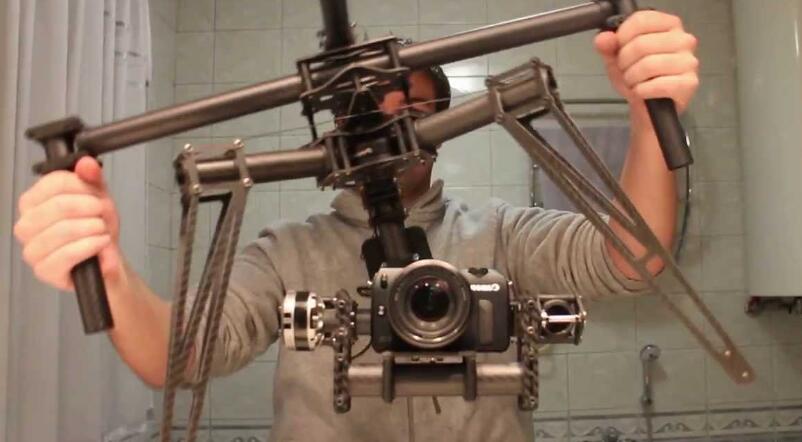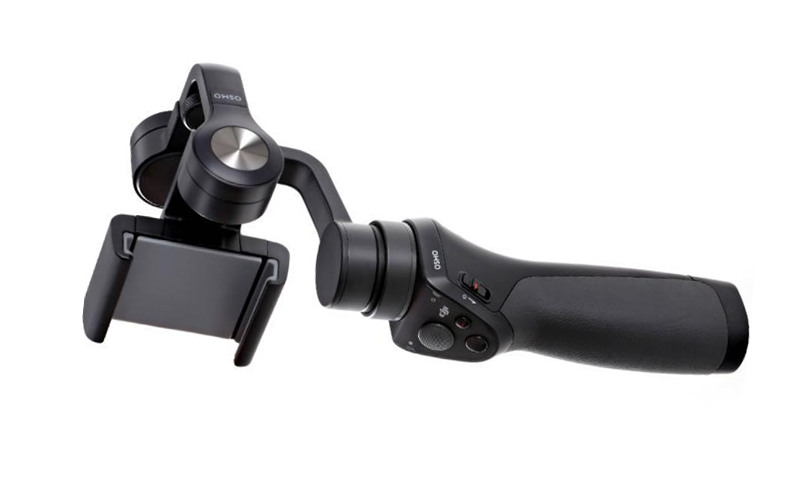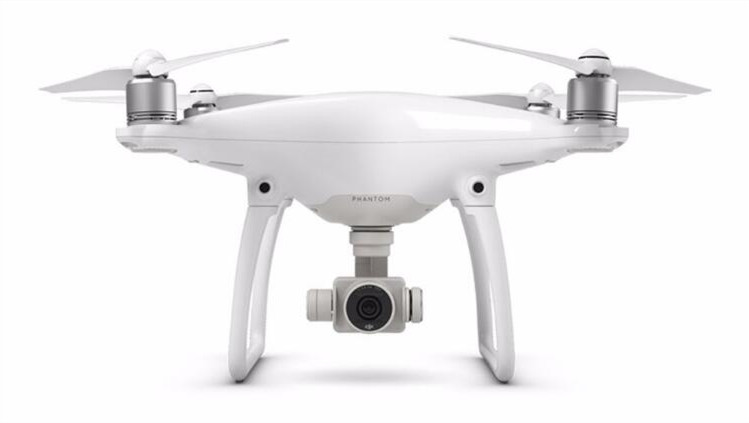The Gimbal is a form of support that allows an object to continue rotating on a single axis. When the object is mounted on the core of the gimbal, it maintains independence despite the tumbles and rotations of the outer body. A practical example is the fact that despite the ship rolling and pitching, the drinks on board do not spill.
This is the same technology adapted by modern drone cameras (for example: the DJI Phantom 4)and electronic devices like phones and gaming controls. For the hand held 3-axis gimbal, you have a vibration and shake free experience that will provide the most consistent and still images or videos.
The function that makes Gimbal stabilization technology possible is the IMU or Inertia Measurement Unit. This is what translates the commands or motions made by the operator of the camera into motions that will define a shot. This translates into movements or responses that are controlled by camera brushes.
The gimbal utilizes a set of very powerful motors, sensors and electronic controls. It can accurately isolate unwanted and sudden motion which leads to cancelation. This will help the drone or the device to maintain stability throughout your activity. Such sensitivity also protects the camera from sudden jolts that could be damaging or affect the quality of shots made.
Electronic impulses and commands are sent from a motherboard on the remote. The circuit board acts as the controller and has software installed to determine the axis of movement. The Micro-Electric-Mechanism-System or MEMS will help to interpret the directions, distances and heights based on the command received. The controller is built with three brush-less motors to maintain the stability of a camera that is receiving numerous commands in a second. Commands on directions are then protected through cancelation of motions so that stability is maintained.
Gimbals make it easy to shoot especially in motion. It enables you to mount your camera on, e.g. a moving truck, where the tripod cannot produce quality images. The sudden movements will not affect the quality of your shots.
Gimbals rely on electronic signals to function. In fact, you will be surprised to realize that cameras do not have moving parts, unlike the traditional compass. Movements of the arm, change in direction, etc are translated into electric signals by the MEMS and appropriate action initiated. These motions are then integrated with sensors to protect the drones from colliding with obstacles. The mechanisms used in controlling movement have factored natural forces like gravity and wind. In fact, you will realize that drones will have restrictions on the verbosity of wind it can handle.
On a drone camera, this magical device and technology ensures stability during photography. It offers combined benefits of anti-vibration and stabilization. The brushless motors are very powerful, last long and operate quietly. This stabilizing technology is pinned on 3-axis that allows adjustment up and down, forward and backwards as well as left and right. This technology has enabled the differentiation of commands with sudden and unexpected movements. This has made shooting of still images highly accurate and captivating.


